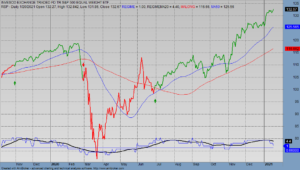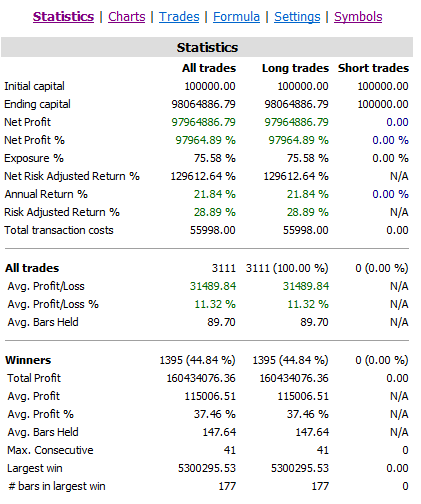Month End June 2021 Comments
The S&P 500 tracking ETF SPY rose 1.3% in the month of June. Analysis of the FRED economic data show that the economy is still in Phase 2 (late growth cycle), which is good for equities.
The ETF Portfolio technical investing algorithm calls for a July 1 investment in International Bonds (EDV), Emerging Market Bonds (EMB), and long term Treasury bonds (VCLT). This is consistent with increase in the flow of monies into bond funds, which indicates that people are hedging these equity ETF bets. There is too much money chasing too little sources of return, so even low paying bonds are getting play here.



